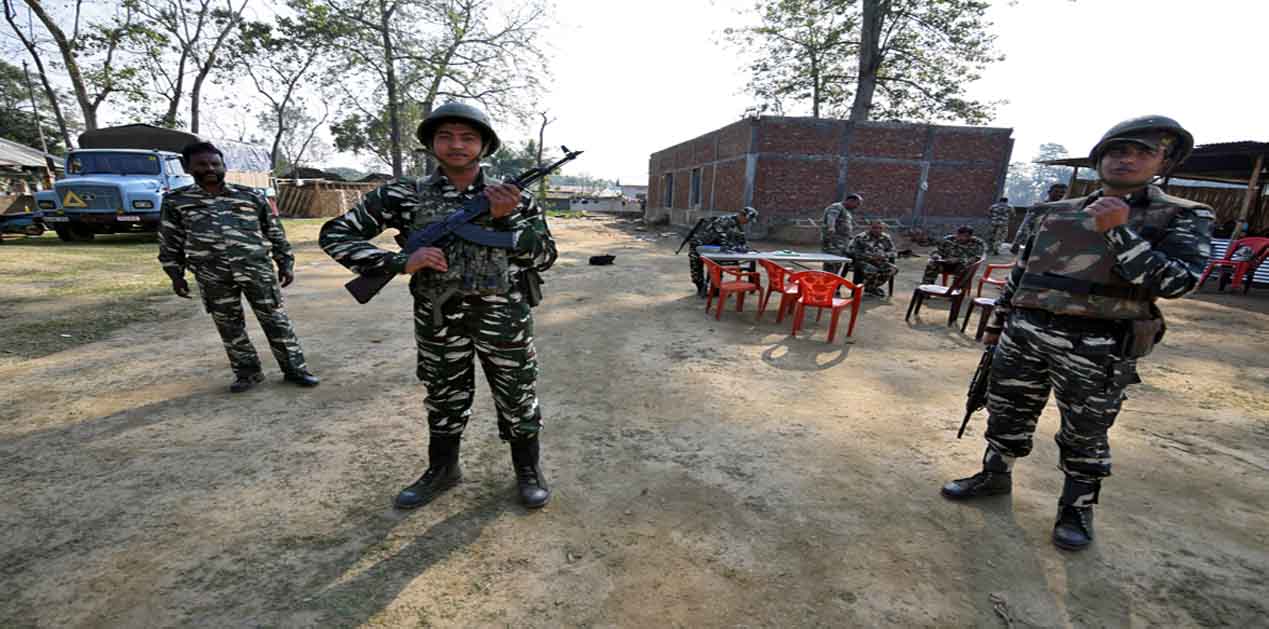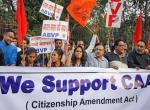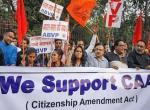The process of filing appeals against the draft National Register of Citizens (NRC) for the State of Assam, published on July 30, is underway. Individuals can file for review till October 28 and hearings will begin from December 15 this year. About 4 million people of Assam have been left out of the list but both the Supreme Court as well as the Central Government have reiterated that legitimate citizens will not be left out of the National Register. The Government has submitted a proposed Standard Operating Procedure (SOP) to the Supreme Court for its approval.
While there is bipartisan political support for identifying illegal immigrants in Assam, what makes the process of identifying foreigners in Assam extremely difficult is the history, geography and politics of the region. Historically, the British brought in workers from other parts of India to work in the tea gardens; the Partition resulted in a fresh wave of migration. The 1971 Bangladesh Liberation War saw another exodus of people fleeing the Pakistani Army and entering Assam, and despite the Indira-Mujib Accord of 1972 many refugees did not return to Bangladesh. In more recent times, vote-bank politics resulted in settlement of migrants from outside the region. Complicating the cauldron further is that the vast majority of those perceived as foreigners are Muslims, and the population growth amongst this segment in the districts bordering Bangladesh is much higher as confirmed by successive decennial census.
The All Assam Students Union and the All Assam Gana Sangram Parishad launched an agitation in 1979 principally aimed at detection and expulsion of foreigners. The Assam Accord of 1985 signed by the Central Government with these student bodies brought an end to the agitation. The most significant aspect of this Accord is that it laid down the cut-off date for identifying as foreigners those who had settled in Assam. The present NRC exercise is based on this agreement and is therefore worth reiterating.
The Accord inter alia laid down that:-
“(1) For purpose of detection and deletion of foreigners, 1-1-1966 shall be the base date and year. (2) All persons who came to Assam prior to 1-1-1966, including those amongst them whose names appeared on the electoral rolls used in 1967 elections, shall be regularized. (3) Foreigners who came to Assam after 1-1-1966 (inclusive) and upto 24th March, 1971 shall be detected in accordance with the provisions of the Foreigners Act, 1946 and the Foreigners (Tribunals) Order, 1939. (4) Names of foreigners so detected will be deleted from the electoral rolls in force. Such persons will be required to register themselves before the Registration Officers of the respective districts in accordance with the provisions of the Registration of Foreigners Act, 1939 and the Registration of Foreigners Rules, 1939. (5) For this purpose, Government of India will undertake suitable strengthening of the governmental machinery. (6) On the expiry of the period of ten year following the date of detection, the names of all such persons which have been deleted from the electoral rolls shall be restored. (7) All persons who were expelled earlier, but have since re-entered illegally into Assam, shall be expelled. (8) Foreigners who came to Assam on or after March 25, 1971 shall continue to be detected, deleted and expelled in accordance with law. Immediate and practical steps shall be taken to expel such foreigners”.
It is noteworthy that the Accord accepted that the cut-off date for determination of citizenship would be 1971 and not 1951 when the first NRC for Assam, based on Census of the same year, was prepared. However, the progress in the implementation of the Accord by way of detection and deportation of foreigners has been abysmal. Between August 1985 and July 2012 only 55000 people were identified as foreigners by the Illegal Migrants (Determination by Tribunal) Act (IMDT), 1983, and the Foreigners (Tribunals for Assam) Order, 2006, out of which only 2442 persons were pushed back into Bangladesh, many of whom, it is believed, came back. The tardy implementation of the Accord was largely due to fact that the burden of proof to establish whether a person was an illegal immigrant rested on the State and it did not make it incumbent on the individual to prove his nationality.
The current exercise started in 2015 under orders of the Supreme Court, to detect illegal immigrants in Assam. Preparation of a NRC for Assam is yet another attempt to address the issue of illegal migration into the State. The issue of the cut-off date has more or less been resolved at the political level, (except that a batch of petitions demanding 1951 as the cut-off, filed in 2009 in the Supreme Court, is pending) with the Accord stipulating March 25, 1971, the day of the start of the Bangladesh Liberation War as the acceptable date. The criteria for determining citizenship and the documentation required for establishing it has also been notified by the NRC authority. However the modalities of dealing with those eventually identified as foreigners is an aspect which perhaps requires attention now.
The final draft of the NRC was released on July 30, and 40,70,707 applicants were not in the list. The current focus is in review of the claims of these four million people left out of the NRC, and it is expected that the number of exclusions would come down substantially. Nevertheless, there would be large number of people who would be rendered stateless once the NRC is notified. The process will then shift to the Foreigners Tribunal which will finally decide the contesting claims. The Supreme Court, under whose watch the NRC exercise is being carried out, is also expected to give its final views on the modalities of dealing with those rendered stateless.
Legal battles may take years, but it is likely that several lakh people would eventually be declared as foreigners. The Bangladesh Government has made it clear that they will not allow a pushback of these people to its territory. Arraignment in Detention Centres or dispersal to other States would not be feasible. Therefore disenfranchisement and issuance of work permits to those declared foreigners may be the only practical, but certainly not the optimal, way forward.
Having begun the process to bring closure to an issue dogging Assam for several decades, it is not premature to initiate discussions among stakeholders on measures to deal with the social, economic, political, and security dimensions of a large number of stateless foreigners in a sensitive region of the country. Initiation of a dialogue with Bangladesh for a repatriation agreement while diplomatically challenging may be an important step towards a long term solution.
(The author is a distinguished former police officer)
(The paper is the author’s individual scholastic articulation. The author certifies that the article/paper is original in content, unpublished and it has not been submitted for publication/web upload elsewhere, and that the facts and figures quoted are duly referenced, as needed, and are believed to be correct). (The paper does not necessarily represent the organisational stance... More >>
Image Source: https://images.news18.com/ibnlive/uploads/2018/01/Assam-NRC-2.jpg










Post new comment